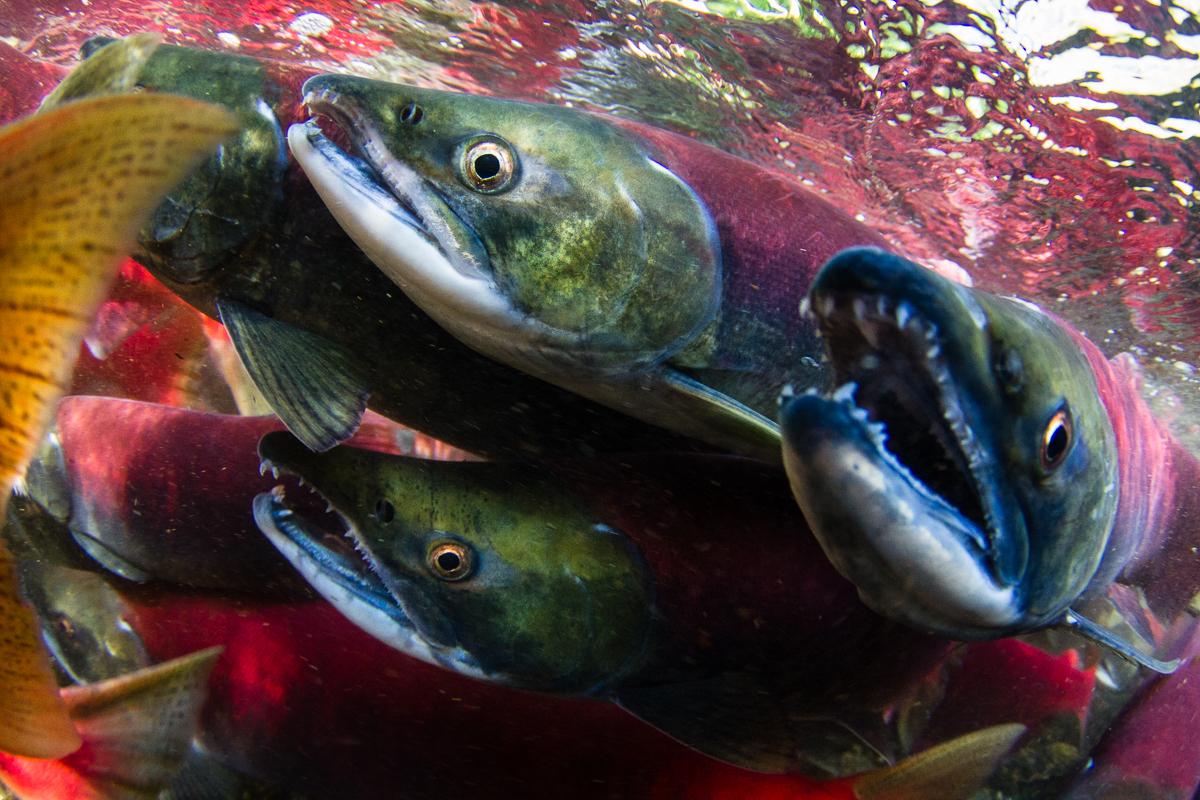STOCK OPTIONS
To help recover B.C.’s Pacific salmon, we need to rethink hatcheries
Advertisement
On paper, salmon hatcheries make sense: release more baby fish into the wild, and more adult fish will return to spawn. B.C.’s 150-year history of Pacific salmon hatcheries suggests this just isn’t the case, however. No salmon runs have ever recovered to historic numbers owing to hatcheries. So observes B.C. MLA Fin Donnelly, the parliamentary secretary for Fisheries and Aquaculture. “The science shows, in the past we’ve relied too much on salmon hatcheries as the solution to salmon’s problems,” he notes.
After a decade of declining returns (and another disappointing year for anglers on B.C. rivers), it’s time to rethink how we run our hatcheries on the Pacific coast. Right now, hatcheries are simply wasting precious money to produce fewer and fewer salmon.
Advertisement
That doesn’t mean they’re a total failure, though. Hatcheries help sustain beleaguered salmon runs and create fishing opportunities, with all the subsequent economic and cultural benefits. But they don’t create more fish, especially in the long term.
HATCHERY DRAWBACKS
Hatcheries are good at producing more fry, but those fish are less likely to return to spawn than wild fry. And when they do return, some inevitably pollute the gene pool by spawning with wild salmon. Studies also show wild salmon fry from two wild parents are more likely to survive and return to spawn than fry from a hatchery-raised parent.
Advertisement
Meanwhile, research from the Alaska Department of Fish and Game and salmon hatchery expert Greg Ruggerone shows that in years with especially abundant pink salmon numbers in the open ocean—the majority of which are hatchery-raised in Alaskan waters—lower numbers of other species return to spawn across the eastern Pacific. They also weigh less, and spawning success declines.

“Climate change has reduced the quality and quantity of the food for fish in the open ocean,” observes Aaron Hill, executive director of Watershed Watch Salmon Society, a charity focused on restoring B.C.’s wild salmon. “So the idea of releasing more hatchery fish is like letting more cattle out into a field with less grass and thinking you’re going to get more and fatter cows.”
Advertisement
Currently, the B.C Salmon Restoration and Innovation Fund and the federal Pacific Salmon Strategy have earmarked nearly $800 million to recover salmon populations. That won’t address ocean survival, however, or curb industrial-scale salmon hatchery programs in Alaska, Russia and Japan. But the funding could make three crucial improvements to Canada’s hatchery system.
KEY CHANGES
First, the best science possible could be applied to hatchery operations. One of the rare good news stories for B.C. salmon, for example, comes from the Okanagan Nation Alliance’s hatchery in Westbank, B.C. Rather than look to Fisheries and Oceans Canada for guidance, the Indigenous-run hatchery turned to Washington State, where a series of lawsuits and subsequent reforms in the early 2000s pushed hatcheries there to adopt better science and become more innovative. The difference has been dramatic, with an estimated 530,000 sockeye returning to the Okanagan watershed in 2022, more than double 2020’s returns and up dramatically from a low of 2,500 in the 1990s.
Next, Canadian hatcheries could invest in the equipment and staffing needed to clip the adipose fin on every single released fish. Right now, only 10 per cent or so are marked, says Owen Bird, executive director of the Sport Fishing Institute of B.C. If every fish were clipped, however, researchers and anglers would be able to better differentiate between wild and hatchery fish, leading to improved research and fishing opportunities.
Finally, we need more investment in innovative ideas, such as the Okanagan Nation Alliance’s “hatchery in a box.” A shipping container converted into a small-scale, portable hatchery, it’s designed to boost a salmon run for one or two generations before it’s moved to another stream. First Nations across the province are now using the concept to recover culturally important salmon runs, although its biggest contribution may be in changing mindsets.
Namely, a hatchery in a box costs $100,000 to set up and thousands to run each year, while a traditional hatchery costs millions to build and millions more to run. “When you build a major facility, you’re invested in it,” says Howie Wright, the fisheries program manager for the Okanagan Nation Alliance. “You want to keep running it.” And science has shown that’s not in the best interest of salmon—or anglers.
